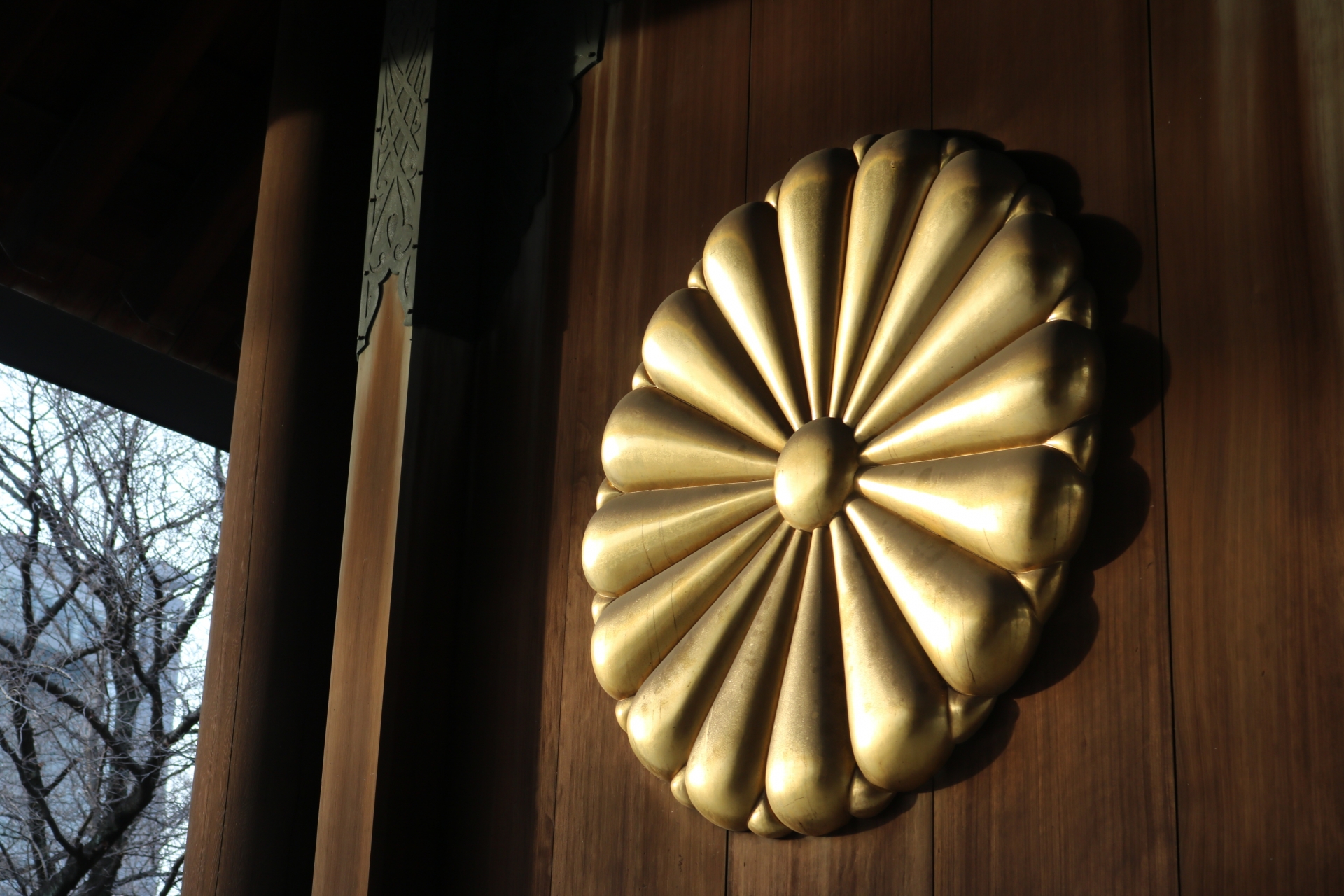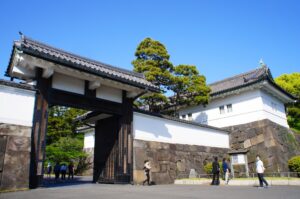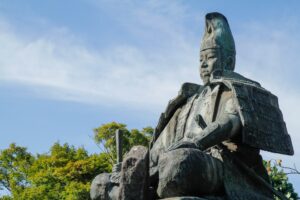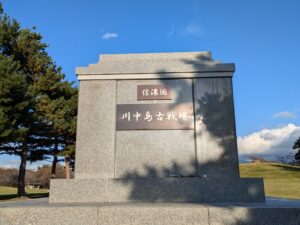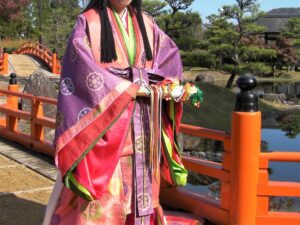“Sonno Joi” (尊王攘夷), usually translated as “Revere the Emperor, Expel the Barbarians,” stands as one of the most impactful slogans of late-Edo Japan. More than a simple political catchphrase, it encapsulated a wide set of anxieties, hopes, ideological tensions, and national aspirations during a period of profound external threat and internal instability. For modern readers—especially students of Japanese history—Sonno Joi offers a gateway to understanding how Japan navigated the collapse of the Tokugawa order, the arrival of Western imperialism, and the birth of the Meiji state.
This article explores the meaning and origins of the slogan, the turbulent political environment that amplified its appeal, real-world actions by domains such as Chōshū, Satsuma, and Mito, and the way the ideology shifted over time. It also dives into lesser-known angles—regional variations, philosophical roots, specific incidents linked to the movement, and modern historiographical debates. Together, these themes reveal how a short slogan helped reshape the trajectory of a nation standing on the edge of transformation.
Origins and Meaning of “Sonno Joi”

The phrase Sonno Joi (尊王攘夷) consists of two ideological pillars: sonnō (“revere the Emperor”) and jōi (“expel the barbarians”). Its earliest conceptual origins trace to the ancient Chinese political maxim “Zunwang Rangyi”, a classical idea emphasizing loyalty to the monarch and the defense of cultural integrity from outside forces. As China influenced Japanese scholarship for centuries, this concept gradually entered Japan through Confucian political thought, especially the Neo-Confucian teachings adopted by the Tokugawa state.
Over time, the idea fused with distinctly Japanese intellectual traditions. Kokugaku (nativist studies) reframed the emperor as the spiritual center of the Japanese nation, while the Mito school, with its unique blend of Shinto revivalism and Confucian ethics, played a crucial role in systematizing the philosophy that would power late-Edo activism. By the 19th century, Sonnō and Jōi were no longer abstract ideals but urgent political imperatives in a world facing dramatic foreign pressure.
The duality of the slogan is essential to its meaning. Sonnō centered the emperor as the locus of political legitimacy, placing moral pressure on samurai and officials to reject perceived Tokugawa misrule. Jōi described not only the rejection of Westerners but also a broader resistance to foreign influence—cultural, political, and military. Yet as later thinkers noted, this anti-foreign stance eventually evolved, and the definition of “barbarian” became flexible enough to justify learning from Western nations while still claiming ideological purity.


Historical Context — Japan in the 1850s–1860s
To understand why Sonno Joi surged in popularity, one must consider the profound stress Japan faced during the Bakumatsu period. For more than two centuries, the Tokugawa shogunate maintained the policy of sakoku, limiting foreign trade and contact primarily to the Dutch and Chinese in Nagasaki. This isolation allowed Japan to enjoy relative peace, but it also left the nation vulnerable when confronted with Western industrial and military expansion.
The arrival of Commodore Perry and the Black Ships in 1853 shattered the existing order. Faced with American naval power, Japan signed the Treaty of Kanagawa (1854), the first of several unequal treaties that granted extraterritorial privileges to Western nations. These agreements exposed Japan’s military weakness and undermined public confidence in the Tokugawa government, which many perceived as failing to protect national sovereignty.
Simultaneously, domestic pressures mounted. Economic instability, currency devaluation, peasant uprisings, and samurai dissatisfaction strained the shogunate. Major intellectual centers—including Mito—criticized Edo’s inability to preserve national dignity and morality. Against this backdrop, Sonno Joi emerged as both a protest ideology and a call for structural change, appealing to samurai disillusioned by political gridlock and foreign encroachment. As the movement spread, it transformed from a defensive reaction to a revolutionary platform advocating the overthrow of the shogunate itself.
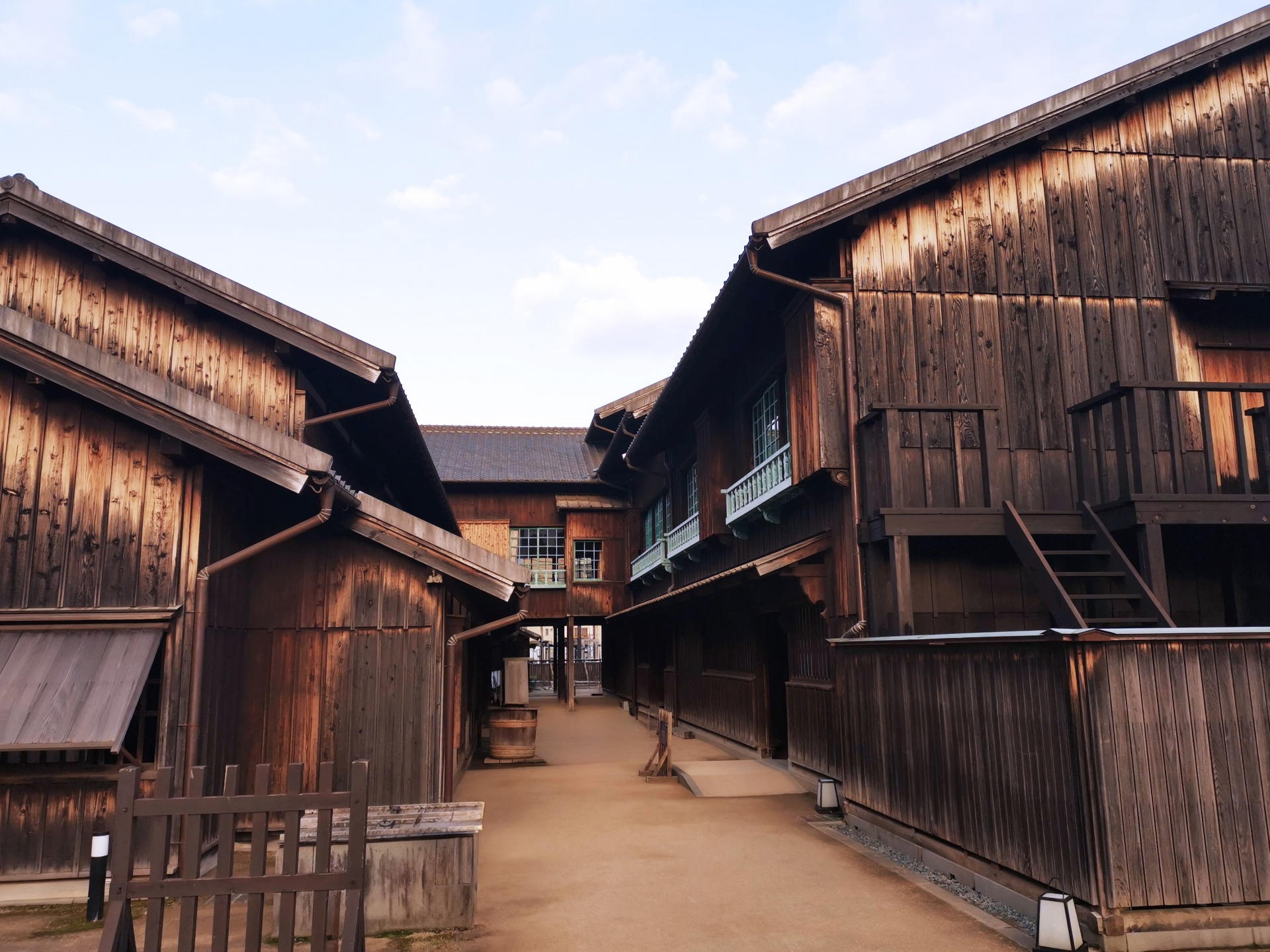
The Movement in Practice — Key Domains and Actions
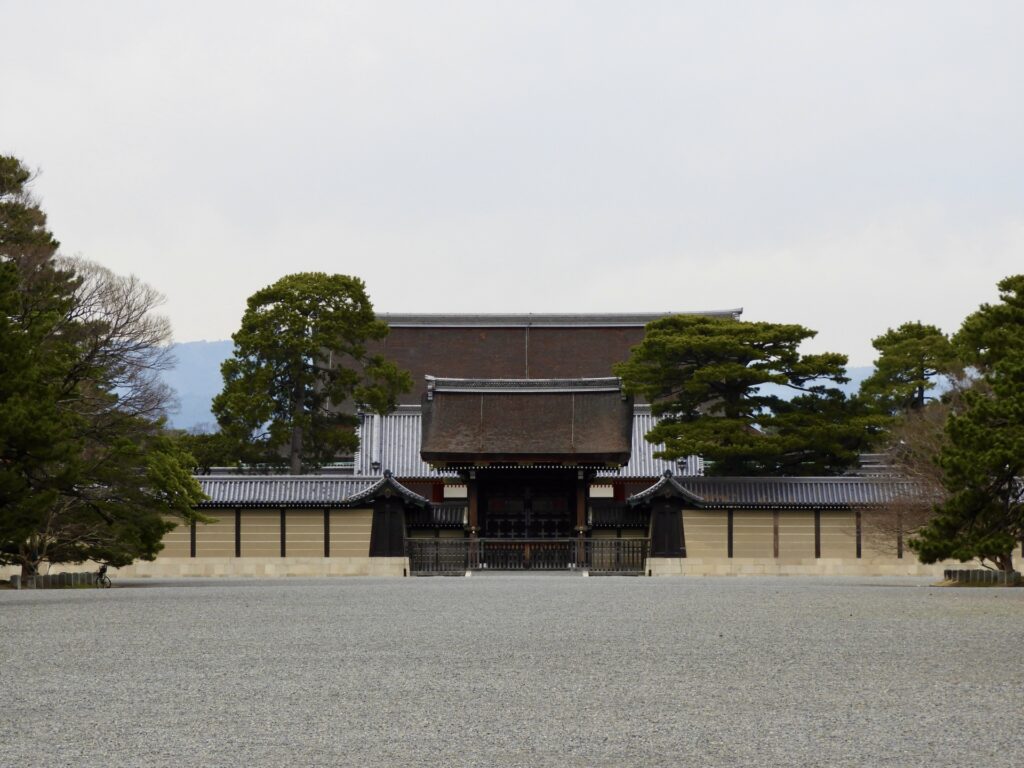
Although Sonno Joi began as an intellectual movement, it rapidly manifested in real political and military actions across Japan. Chōshū, for example, became the most fervent pro–Sonno Joi domain. Influenced by radical thinkers, its samurai took direct action by attacking foreign ships passing through the Shimonoseki Strait, prompting the Shimonoseki bombardment by Western powers. Chōshū activists also played key roles in violent incidents in Kyoto, targeting officials and foreign sympathizers.
Mito domain, deeply rooted in the Mito school’s ideology, contributed to ideological leadership and produced many extremists who assassinated senior Tokugawa officials. Meanwhile, Satsuma domain, though initially aligned with anti-foreign sentiment—as shown in the Namamugi Incident and subsequent Anglo-Satsuma War—gradually shifted toward strategic modernization, recognizing the military superiority of the West even as it used Sonno Joi rhetoric domestically.
The movement also produced chaos in the capital. Kyoto became the center of political violence throughout the 1860s, with assassinations, factional battles, and crackdowns by shogunate forces becoming routine. In practice, Sonnō jōi activists opposed not only Western countries but also the Tokugawa government itself, seeing it as complicit in national humiliation. The slogan thus became a revolutionary tool that encouraged both anti-foreign attacks and anti-shogunate uprisings—ultimately paving the way for the Meiji Restoration.

Regional Variations — Mito vs. Chōshū vs. Satsuma
Different domains embraced Sonno Joi in ways shaped by their own political cultures, economic conditions, and strategic priorities. Below is a comparative table summarizing key distinctions:
| Domain | Key Figures | Sonno Joi Actions/Events |
| Mito | Tokugawa Nariaki, Aizawa Seishisai | Attacks on foreign ships; Kyoto activism; anti-shogunate rebellions |
| Chōshū | Yoshida Shōin, Takasugi Shinsaku | Attacks on foreign ships; Kyoto activism; anti-shogunate rebellions |
| Satsuma | Shimazu Hisamitsu, Saigō Takamori | Namamugi Incident; Anglo-Satsuma War; later pro-modernization shift |
Mito’s contribution was primarily ideological. The domain produced influential texts such as Shinsei Bukan, articulating emperor-centered nationalism fused with Confucian ethics. Chōshū, by contrast, transformed ideology into militant action, embracing direct confrontation with both foreign powers and the shogunate. Satsuma initially adopted a similar anti-foreign stance but quickly learned from military defeat and began selectively adopting Western technologies, while still using the rhetoric of Sonno Joi for internal mobilization.
These differences show that Sonno Joi was not a monolithic movement. Each domain adapted the slogan to its own political goals—ranging from moral reform to armed rebellion—demonstrating the ideological flexibility and strategic utility of the phrase.
Transition and Legacy — From “Expel the Barbarians” to Modern Japan

As the Meiji Restoration approached, the meaning of Sonno Joi underwent a fundamental transformation. The slogan’s literal call to expel Westerners proved impractical once domains realized Japan lacked the military strength to resist imperial powers. Instead, leaders reframed “expulsion” to mean reducing dependence on Western nations by mastering their techniques and technologies. This reinterpretation echoed the shift toward kaikoku, or cautious opening, which became essential for national survival.
After 1868, Sonno Joi faded as a state-sanctioned slogan and was replaced by new guiding principles such as Fukoku Kyōhei (“Enrich the Nation, Strengthen the Military”) and Bunmei Kaika (“Civilization and Enlightenment”). Yet its ideological legacy endured. The movement contributed to the rise of emperor-centered nationalism and helped establish the foundation of the modern Japanese state by repositioning the emperor at the center of political legitimacy.
The dual nature of the slogan—rooted in both resistance and transformation—continues to shape modern interpretations of Japanese identity. In textbooks, Sonno Joi is often presented as an example of how nationalist movements can evolve, adapt, and sometimes contradict their original goals. The slogan’s transformation from rigid xenophobia to strategic modernization also mirrors Japan’s broader trajectory in global history.
Modern Interpretations and Controversies
Historians continue to debate the true intent behind Sonno Joi. One perspective argues that many activists sincerely feared Western imperialism and sought to protect Japanese culture from foreign domination. Another view, increasingly prominent in recent scholarship, suggests that the slogan functioned as a strategic political tool, mobilizing popular support and justifying rebellion against the shogunate.
Examples highlight this contradiction: some radicals decried foreign influence while simultaneously importing Western firearms and studying Western military science to strengthen their domains. This paradox underscores the pragmatic, and often opportunistic, use of ideology in times of crisis.
Controversies also surround the long-term impact of Sonno Joi. Some argue it contributed to later nationalist movements and wartime ideology, while others emphasize its role in resisting imperial encroachment and protecting sovereignty. For readers seeking deeper understanding, scholars such as Marius Jansen, Albert Craig, and Japanese-language historians specializing in Mito and Chōshū studies offer valuable perspectives.
Why “Sonno Joi” Matters Today
For English-speaking audiences, understanding Sonno Joi provides a powerful lens into how societies react to external pressure and internal dysfunction. The slogan illustrates key themes in political culture: how legitimacy is constructed, how ideological language can unite or divide a population, and how nations negotiate the balance between tradition and modernization.
In the context of global political movements, Sonno Joi offers insight into how slogans can galvanize mass action while masking internal contradictions. It also explains Japan’s rapid shift from isolation to modernization, revealing how fear, urgency, and opportunity intersected during the Bakumatsu period. In a world where nations still debate how to handle globalization, cultural preservation, and foreign influence, the story of Sonno Joi remains strikingly relevant.
Conclusion — The Enduring Significance of Sonno Joi
The phrase Sonno Joi — “Revere the Emperor, Expel the Barbarians” — captures one of the most turbulent ideological moments in Japanese history. What began as a call to defend tradition and resist foreign encroachment evolved into a political force that helped dismantle the Tokugawa shogunate and set the stage for the Meiji Restoration. As Japan’s circumstances shifted, the meaning of the slogan also transformed—from isolation and resistance to selective acceptance and modernization.
Studying Sonno Joi reveals how powerful a political slogan can be in mobilizing people, unifying factions, or masking contradictions. It provides a lens through which to understand Japan’s historic transformation from a secluded feudal system to a modern nation-state, and how this transition continues to influence Japanese identity and foreign policy today.
Ultimately, Sonno Joi is more than a relic of the Bakumatsu era. It is a reminder that ideology and rhetoric can shape national destiny. By examining this slogan, we gain not only a deeper understanding of Japan’s past but also insight into how societies respond to crises and global change.

